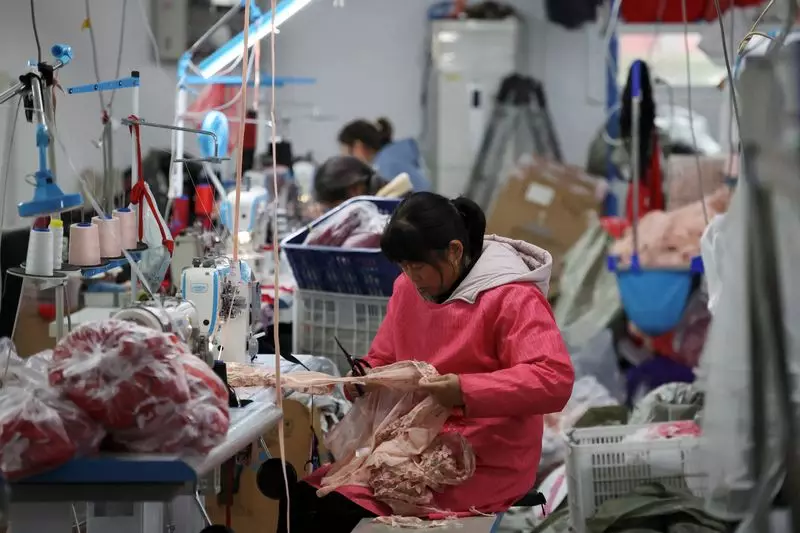In 2024, China’s industrial sector continued to grapple with significant challenges, reflecting a persistent downturn in profitability for the third consecutive year. The revelations from the National Bureau of Statistics (NBS) indicate that industrial profits decreased by 3.3% over the year, amplifying concerns about the country’s economic stability as it faced increasing international trade pressures. These figures reveal a critical situation that demands immediate attention from policymakers, particularly as the global economic landscape shifts under new political leadership in the United States.
Several interconnected factors have contributed to the downward trend in industrial profits. Despite a slight upturn in December, where profits rose by 11% from the previous year, the overall trend remained bleak, particularly after a 7.3% dip earlier in November. The backdrop to this ongoing decline was marked by flat factory-gate prices, lingering uncertainties in the domestic property market, and waning consumer demand. This economic atmosphere has not only stifled corporate profitability but has also instilled a sense of caution among businesses, lowering their confidence in sustained growth.
Additionally, the imposition of potential trade tariffs by the new Trump administration added an extra layer of uncertainty, prompting many firms to expedite shipments in December to mitigate anticipated risks. Such preemptive strategies may reflect a broader trend in which businesses prepare for turbulence rather than engage in proactive investment strategies that could bolster long-term growth.
Government Response and Economic Stimuli
In light of these economic challenges, Chinese authorities aggressively implemented various stimulus measures to revive the economy. Initiatives designed to bolster consumer demand were prioritized, including the expansion of trade-in schemes for consumer goods. However, the effectiveness of these stimulus measures remains questionable, especially given that December’s data illustrated an imbalance between industrial output and retail sales, raising concerns about the sustainability of any recovery efforts.
Government intervention is critical in addressing the complications faced by key sectors. The overall economic growth rate hovered around 5%, achieving the official target largely due to governmental support. Nevertheless, persistent issues in the property market and rising unemployment indicate that broader economic symptoms remain unresolved.
Disaggregating the profit trends reveals disparities across various enterprise types. State-owned enterprises saw a notable profit contraction of 4.6%, while foreign firms reported a slight decrease of 1.7%. In contrast, private-sector companies emerged as the only group to report a mere 0.5% profit increase. This division underscores the notion that market-oriented policies may offer resilience in uncertain times, suggesting a need for enhanced support and reform to bolster private-sector growth.
As policymakers contemplate the road ahead, the continued decline in industrial profits emphasizes the urgency for comprehensive economic reforms and strategic initiatives. This moment not only represents a crucial juncture for China’s economy but also highlights the need for adaptive measures capable of withstanding the pressures of international trade dynamics. In an era defined by increasing global interdependence, China’s industrial sector must evolve and innovate, not only to recover but to thrive in the face of ongoing challenges.

